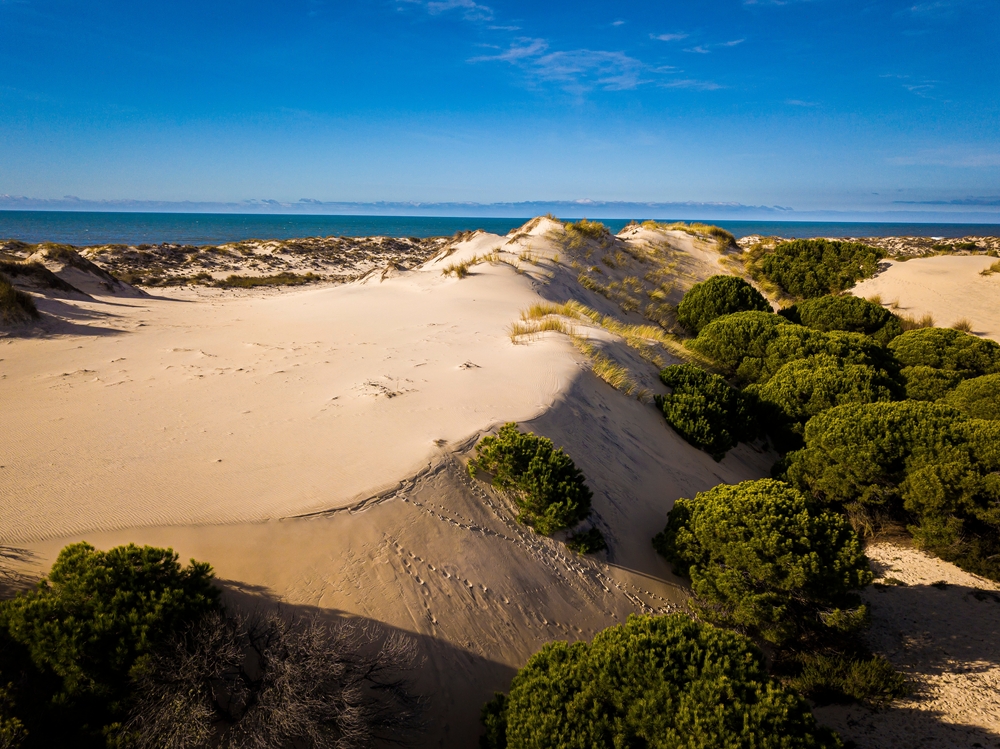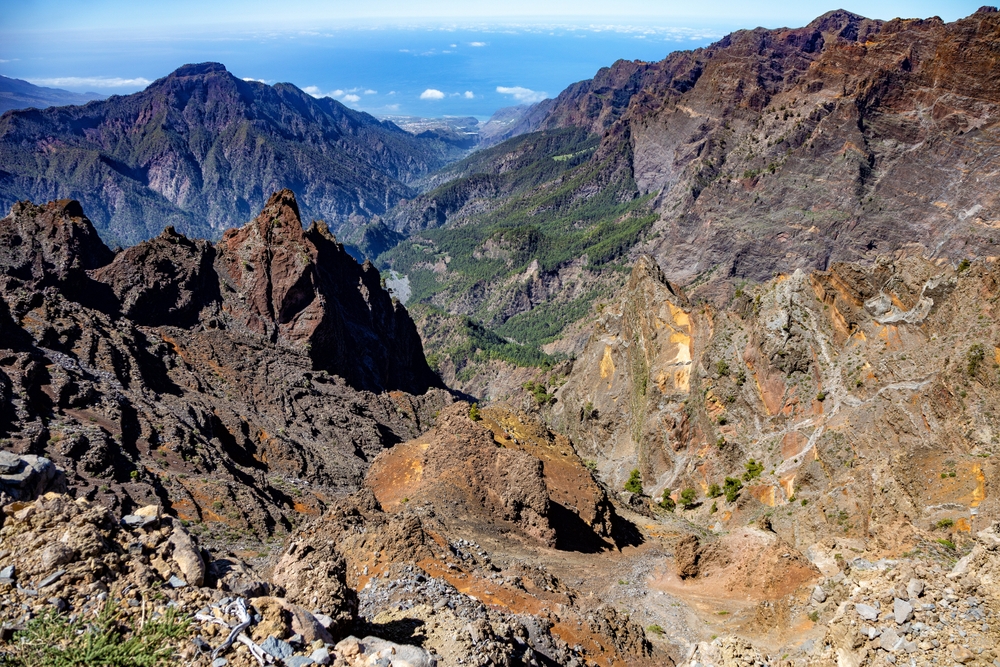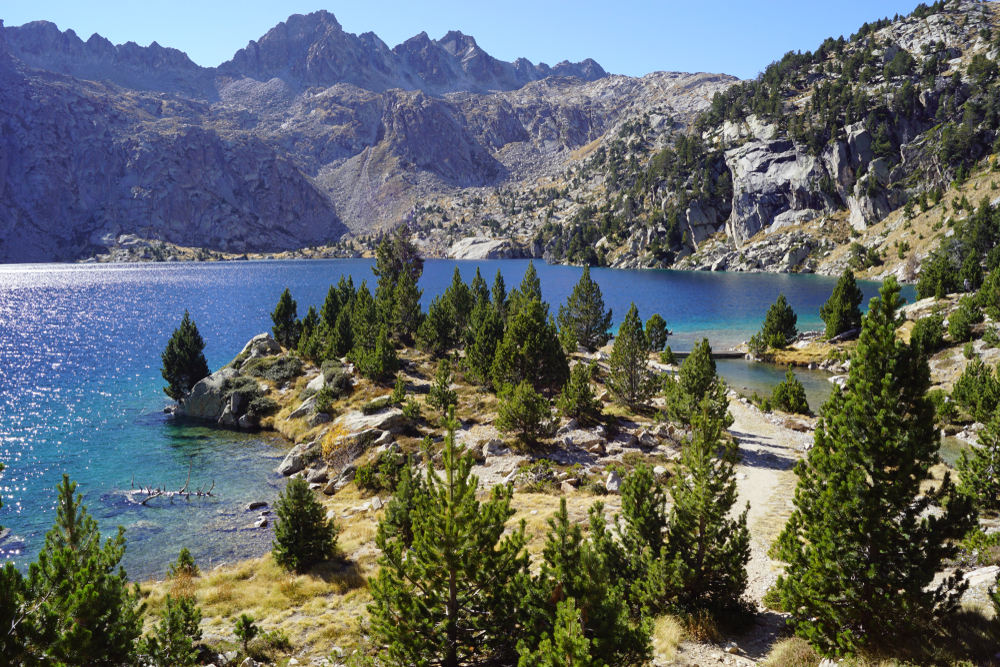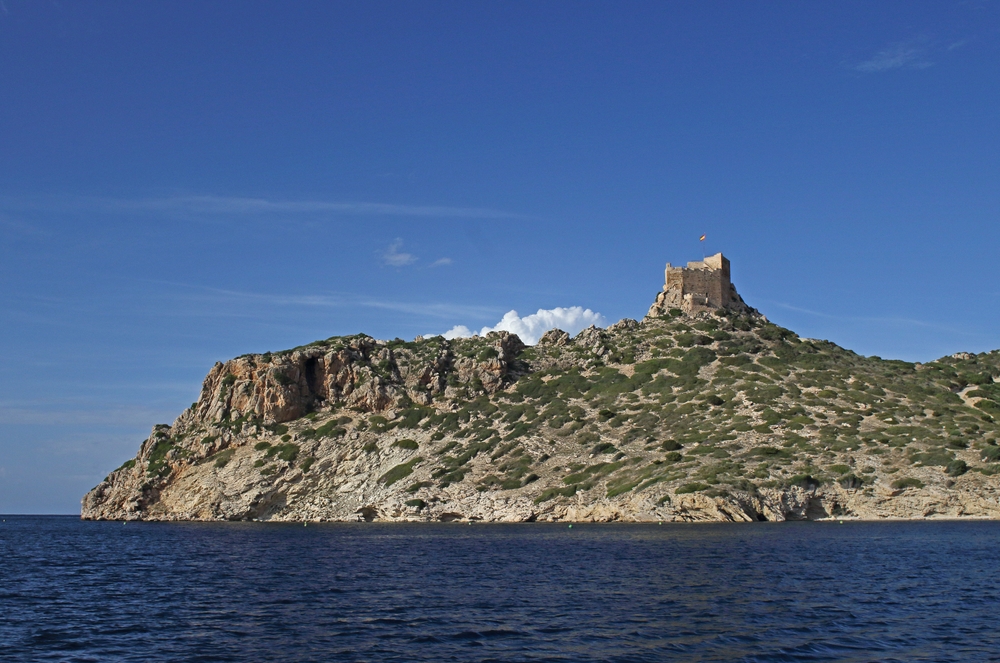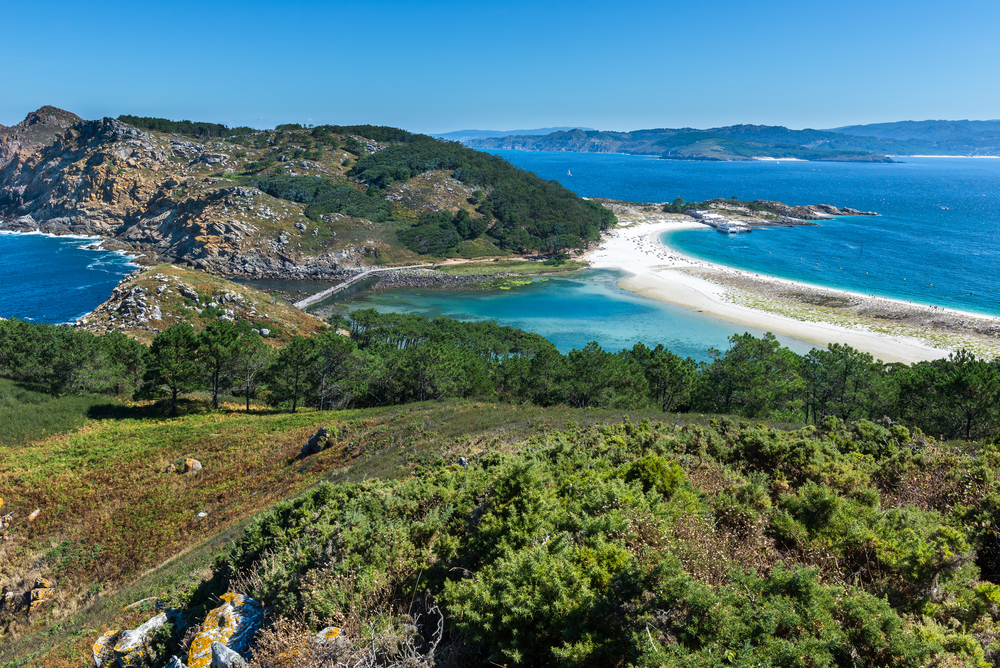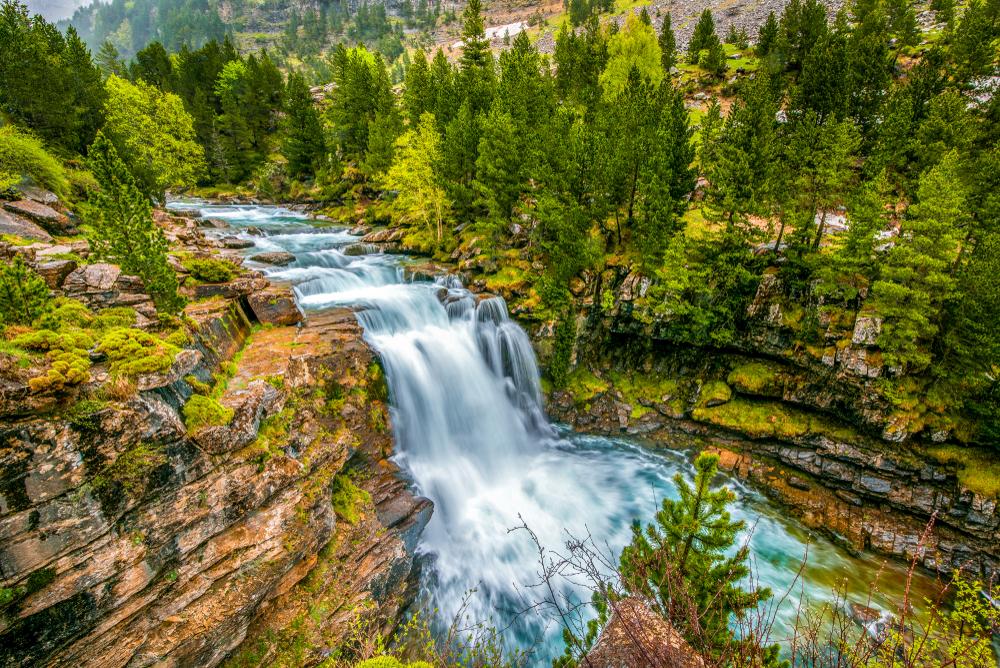Donana Overview
Doñana National Park, known as Parque Nacional de Doñana in Spanish, is a vast and ecologically diverse protected area in southern Spain. Covering approximately 209 square miles (542 square kilometers), it is situated in Andalusia, spanning the provinces of Huelva, Seville, and Cádiz. T
he park lies near the mouth of the Guadalquivir River and serves as one of Europe’s most important wetlands, offering a unique blend of ecosystems that support a remarkable variety of flora and fauna.
The terrain of Doñana National Park is characterized by an extraordinary mix of landscapes, including expansive marshlands, shifting coastal dunes, Mediterranean scrubland, and dense pine forests. The park’s marshes, which undergo seasonal flooding, are among its most defining features, providing a critical habitat for migratory birds.
The dune systems, such as those near Matalascañas, are constantly reshaped by the wind, creating a dynamic landscape where sand formations move over time. The park’s forests, predominantly consisting of stone pine and cork oak, offer shelter to a wide array of wildlife. One of the most striking natural features is the Rocina stream, which flows through the park and feeds the wetlands, sustaining the park’s biodiversity.
Doñana is home to an exceptional range of wildlife, making it one of the most important natural reserves in Europe. Among its most iconic residents is the Iberian lynx, one of the world’s most endangered feline species, which has found refuge in the park’s dense shrublands. The park is also home to wild boars, red deer, and the elusive Egyptian mongoose.
Birdwatching is a major draw for visitors, as the park serves as a crucial stopover for migratory birds traveling between Europe and Africa. The greater flamingo, with its vibrant pink hues, is among the most recognizable bird species found in the wetlands. Other notable birds include the Spanish imperial eagle, one of Europe’s rarest raptors, as well as herons, spoonbills, and avocets.
Doñana National Park is a place of deep historical and cultural significance, featuring landmarks such as the Palacio del Acebrón, a grand mansion surrounded by woodlands that now serves as a visitor center detailing the park’s history and conservation efforts.
Another significant site is the Virgen del Rocío pilgrimage route, which passes through the park and is one of Spain’s most famous religious traditions, attracting thousands of pilgrims each year.
Visitors can explore the park through guided tours, which are the primary way to experience its diverse landscapes and wildlife. Due to its protected status, independent access is restricted, but organized vehicle tours, horseback excursions, and boat trips along the Guadalquivir River offer unique perspectives on the park’s natural beauty.
Hiking and birdwatching are also popular activities, particularly in areas such as El Rocío, where visitors can observe wildlife from designated viewpoints.
Conservation efforts in Doñana have been extensive, with the park serving as a crucial stronghold for endangered species. However, challenges remain, including water scarcity, pollution, and the encroachment of agriculture, which threaten the park’s delicate ecosystems.
Recent successes in conservation have led to a rebound in the Iberian lynx population, demonstrating the effectiveness of habitat protection and restoration initiatives. Despite ongoing pressures, Doñana National Park continues to be a sanctuary for wildlife and a symbol of Europe’s commitment to environmental preservation.








































































